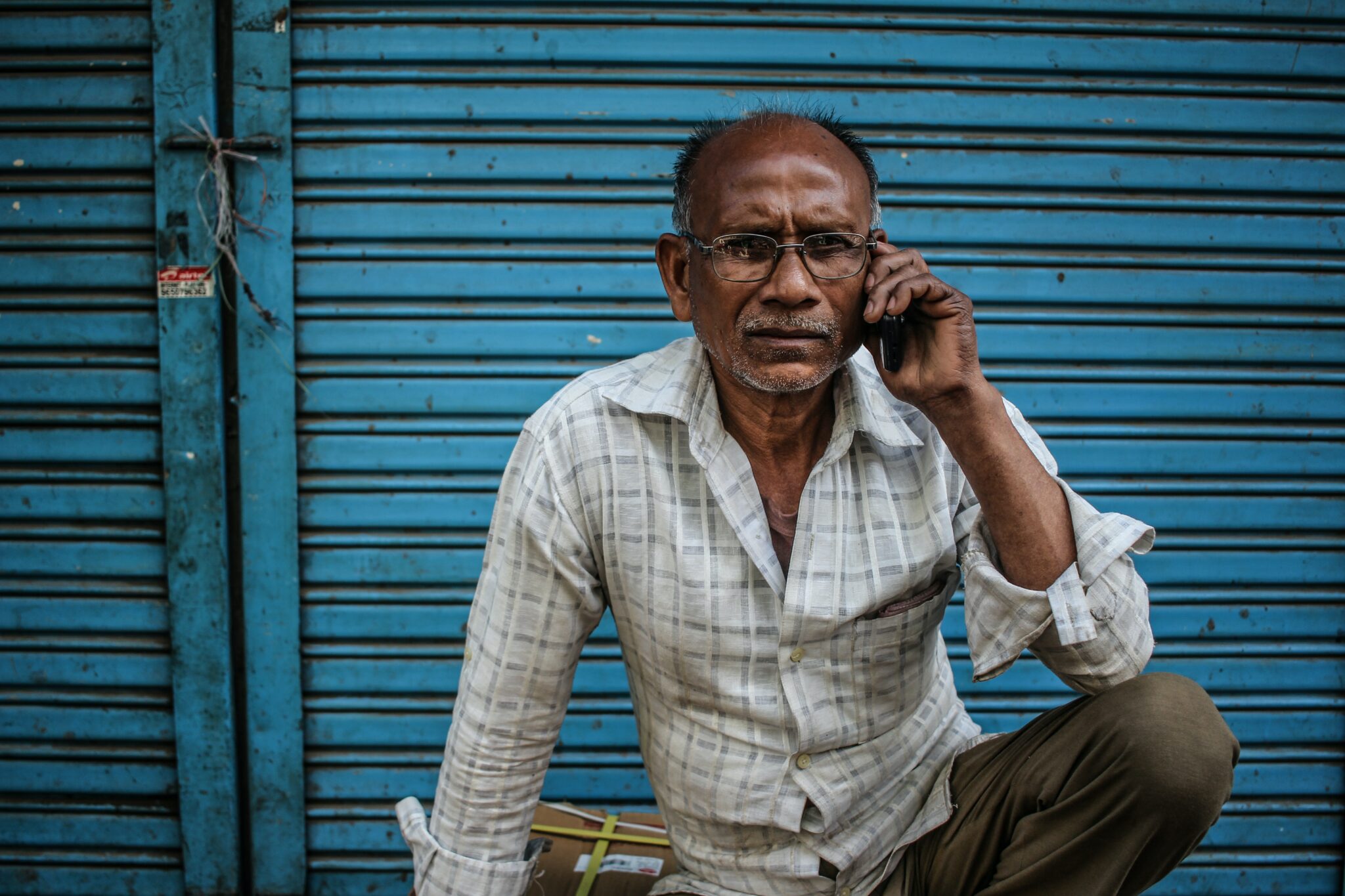As India reaches the 74th year of independence, the nation has come a long way. This year though is definitely different from others. As President Ram Nath Kovind said in his speech, Covid has “altered the world we live in.”
Digitisation is one the factors that has been aiding not just India but the whole world in making sense of the Corona mess and moving forward as best as we can. The pandemic and the resulting lockdown have pushed India’s digital usage into overdrive almost overnight.
According to the Ericsson Mobility Report, the daily average screen usage time of Indians during the lockdown moved up from 2.5 hours to 4.5 hours, a surge of 20% in overall online consumption. In 2019, India’s usage was ‘12GB per user, per month, much higher than the global average of 7GB per user, per month.’ It’s expected to go up to 25GB per user, per month over the next five years.
While these figures give an idea on the scope of elasticity in digitisation for India, the distribution is still lopsided. Not all areas of India are able to enjoy digitisation. Education and health in rural areas still need access, which startles when one sees how cheap Internet connections are.
To find out where India stands in its journey of digitisation, The Tech Panda spoke to Bindu Dalmia, National Chairperson, Committee for Financial Inclusion, Niti Aayog.

Bindu Dalmia
The pandemic has accelerated digitisation by pre-poning its adaptation by at least three to five years, virtualising almost overnight offices, education, healthcare, marketplaces and governance
“The pandemic has accelerated digitisation by pre-poning its adaptation by at least three to five years, virtualising almost overnight offices, education, healthcare, marketplaces and governance. This has achieved 90% plus uptime within a short span, where globally, teams are clocking 4.1 billion meeting- minutes per day. What was achieved by traveling 15 days a month, today executives are videoconferencing five people in five different continents on the same day,” she says.
She outlined a few propellers of digital growth which possess the highest multiplier coefficients in generating jobs and revenues, while acting as the greatest ‘equality enhancers’ to resolve the healthcare and education deficit in India.
Digital Health and Telemedicine: A Game Changer
Digital health, telemedicine, and insurance sectors are seeing great traction, post-Covid, all through adoption of digitisation. Private and public sector both have come forward to aid big cities as well as 2-3 tier city populations with health information and telemedicine services in Hindi and other regional languages.
Healthcare is receiving topmost priority from policy makers, which is an opportunity to replicate the success story of India’s IT sector of the last century
However, with budgetary outlays for health at 1% of GDP, according to the Brookings Institution, India has just 0.55% beds per 1,000 people, as against an average of 2.4 beds in middle-income countries. Dalmia says, policy makers are looking into this foremost.
“To remedy this deficit, healthcare is receiving topmost priority from policy makers, which is an opportunity to replicate the success story of India’s IT sector of the last century. The big shift to administering health through homecare, through teleconsultation, and monitoring patients digitally, will be the game changer that can reduce patient load in our over-burdened hospitals,” she says.
Work From Home: Scale Up Efficiencies
While many offices have reopened with employees reverting to commuting to offices, there is a whole new viewpoint on remote working now. At least a fraction of Indian employees will gain the trust of their employers to be able to WFH (work from home).
Dalmia agrees that this aspect of work life will create new avenues to move forward.
“Coming to the other new normal that will scale up efficiencies, reduce commute time and emissions, the ‘Homeshoring’ or the WFH module will drive domestic consumption of multiple gadgets for Direct to Home services and conveniences, increasing the purchase of digital devices,” she says.
Many new startups have also sprung up in this area providing smooth remote working platforms. TeamViewer is an example. While many have gone back to the workplace, some will still find WFH more efficient.
Fintech: Huge Uptick in Digital Payments
The fintech sector is another big gainer, as there has been a huge uptick in digital payments post-Covid, which is seeing a rise in sectors like online grocery stores, online pharmacies, OTT players (telecom and media), edtech, online gaming, recharges and bill payments.
India has been doing well in this sector even before Covid and was more prepared to meet the challenge the pandemic brought. Places like the Bombay Stock Exchange didn’t stop working for a second after the lockdown was announced.
We are doing three billion transactions a month, and targeting a billion per day. This change is vital in order to transform India into a formal, transparent and tax-compliant country
“People were surprised how fast the decision was taken. Everyone had decided to keep it open because, if you close the markets during panic, the asset prices go down precipitously,” Ashish Chauhan, CEO of BSE, told The Tech Panda.
Also, India has delivered on opening more than 40 crore Pradhan Mantri Jan Dhan Yojana (PMJDY) accounts till date, becoming the world’s largest financial inclusion programme that facilitated Direct Benefit Transfers to the vulnerable.
“We are doing three billion transactions a month, and targeting a billion per day. This change is vital in order to transform India into a formal, transparent and tax-compliant country,” says Dalmia.
A Post Covid Indian Economy
Is this much digitisation enough though? What can one predict for the Indian economy in a post-Covid scenario that is riddled with pessimism?
Looking at the severity of the Covid shock to the global economic system, even the most experienced economists might not be able to hazard a guess by predicting in binaries, or in absolute terms, how soon the economy will recover and reflate.
There are too many sets of variables at play in predicting whether it will be an L-Shaped, W-Shaped or a V-shaped recovery pattern. Also, as sovereign, corporate, and individual debt-levels are at historic highs, it will make it that much harder to recover to pre-Covid levels of robustness
“There are too many sets of variables at play in predicting whether it will be an L-Shaped, W-Shaped or a V-shaped recovery pattern. Also, as sovereign, corporate, and individual debt-levels are at historic highs, it will make it that much harder to recover to pre-Covid levels of robustness,” says Dalmia.
Even the psychographics of consumers have changed post-Covid, as buyers go into an austerity mode, spending on mostly essentials, suspending discretionary spends, and in conservation of capital mode due to uncertainty of future earnings. This makes it difficult to revive demand, even as lockdowns unwind.
Read more: ‘The BSE Did Not Stop for a Single Second. It Worked Like Clockwork,’ BSE CEO Ashish Chauhan
Dalmia says the ultimate answer might actually lie with virologists, more than economists.
“The day a cure or vaccine is discovered, it could change human sentiments and reverse global economic pessimism almost overnight,” she says.
However, apropos the Indian context, multilateral institutions like IMF count India as one of the few economies that will rebound faster. This is because of India’s wide range of structural trends, a robust domestic-consumption driven demand, competitive unit labour costs, and burgeoning and ever cheerful startup ecosystem.












